Sunstone Spotlight
Here we share with you all things related to the diagnosis, treatment, and care of our beloved pets. Check back often as there is always something new to learn. If there is a particular topic you are curious about, let us know and we may just include the answer in a future blog post.
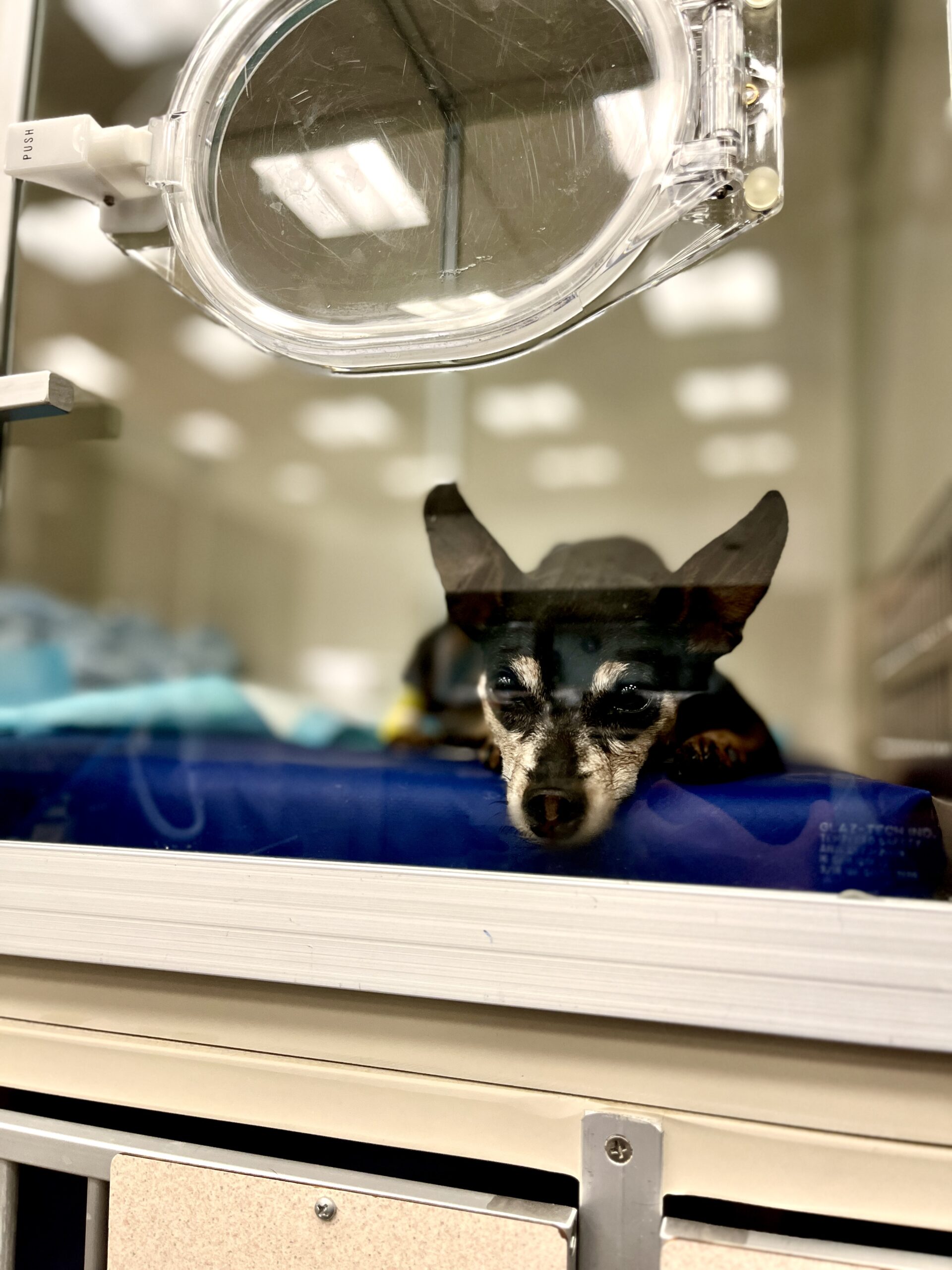
Pet Safety
Pets can’t tell us when something feels wrong – but certain symptoms are your pet’s way of asking for urgent help. Shock is a critical condition that can...
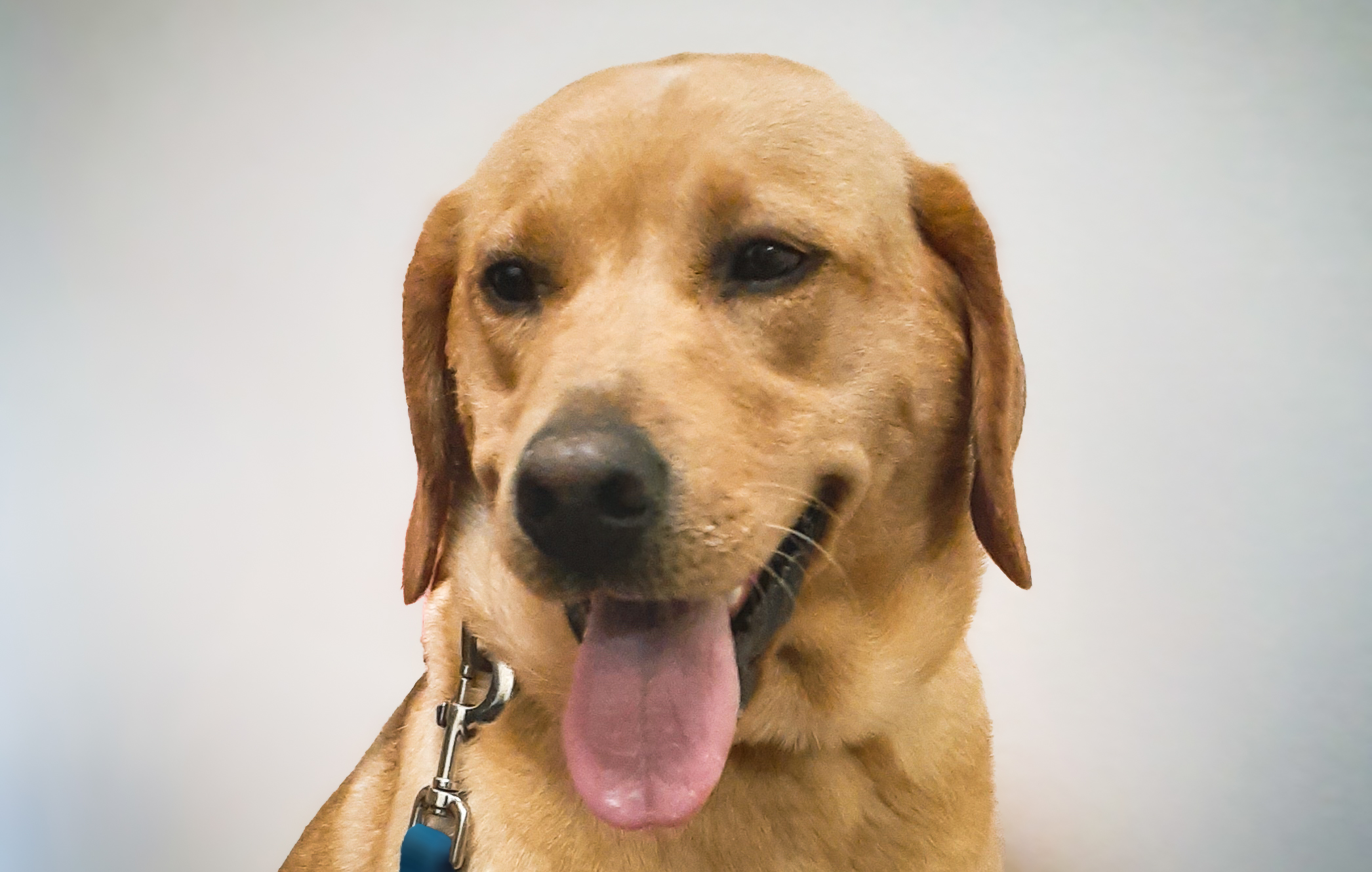
Uncategorized
A Special Patient: Meet Clover Clover, a playful pup, just celebrated her 4th birthday! Our internal medicine team first met her at 1 ½ years old when she...
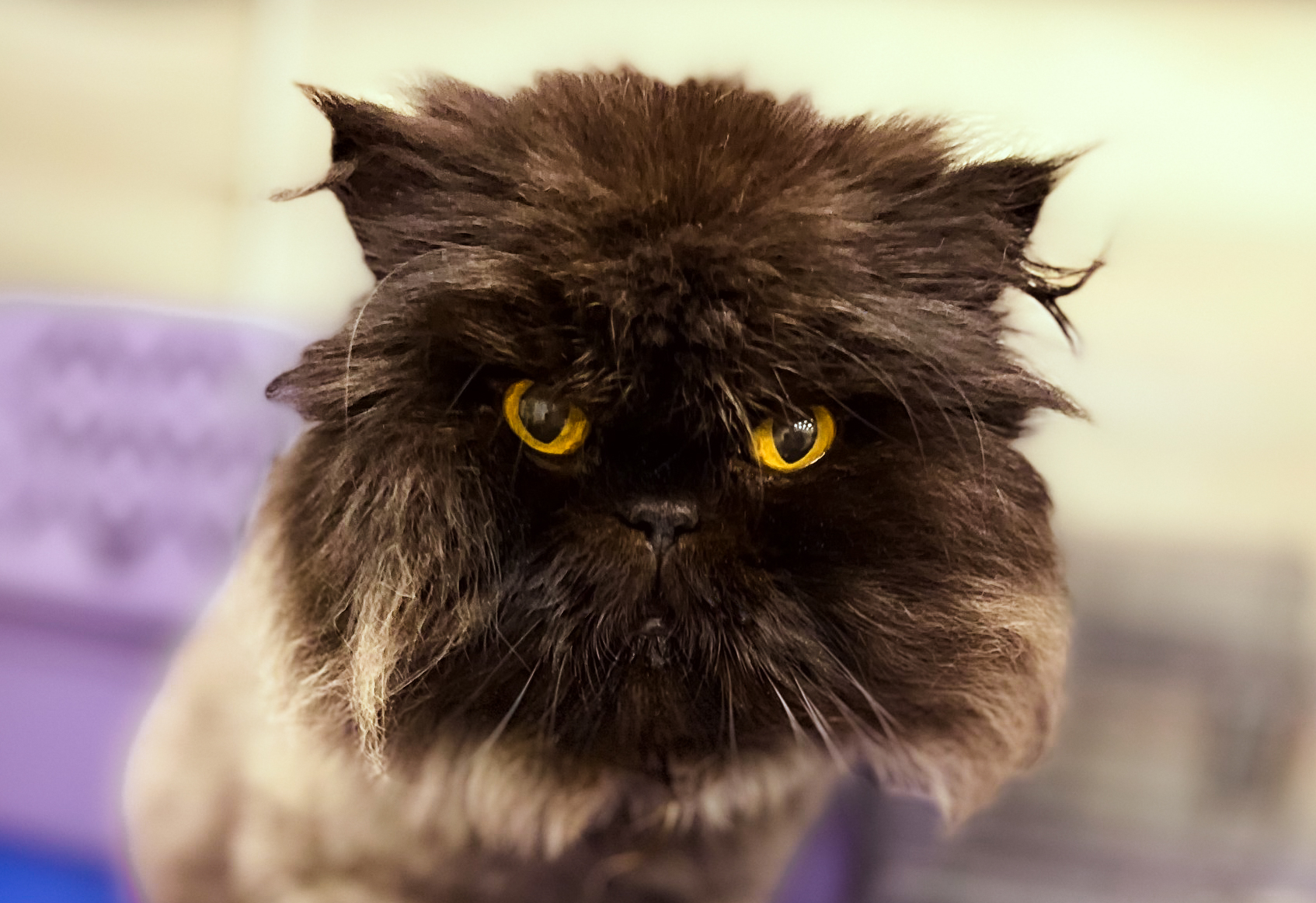
Sunstone Updates, Tests and Procedures
A Persian Cat’s Struggle with Nutrition and Digestive Issues Koa, a Persian cat, had digestive health concerns for most of his life. His family, along with the Sunstone...
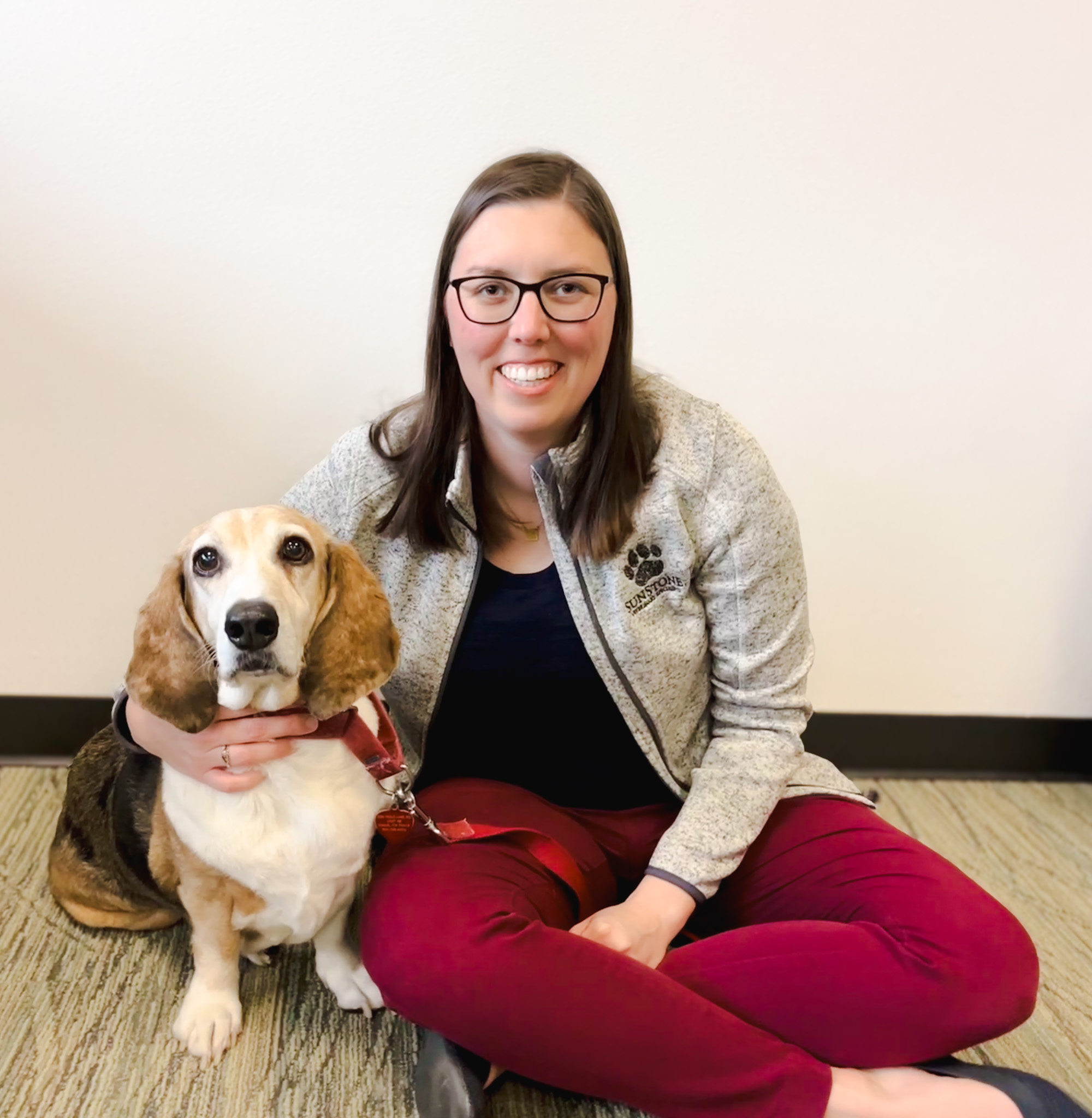
Sunstone Updates
Scheduling a nutrition consultation for your pet at Sunstone Veterinary Specialists is the first step toward ensuring they receive the best possible diet. Our goal is to make...
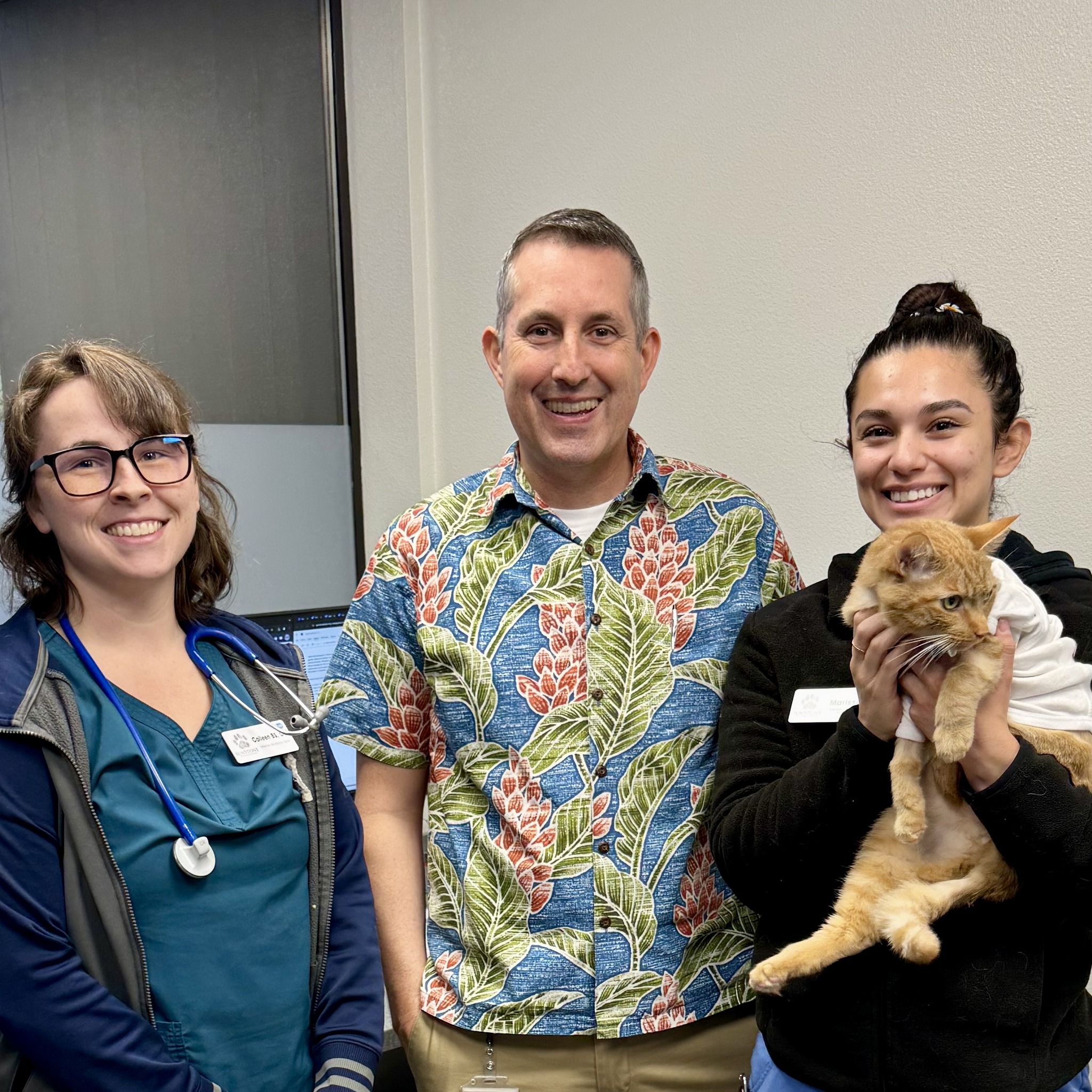
Tests and Procedures
Meet Azrael: A Young Cat with a Big Challenge Azrael, a playful kitten, faced a life-threatening diagnosis of kidney failure due to a severe infection. His family, deeply...
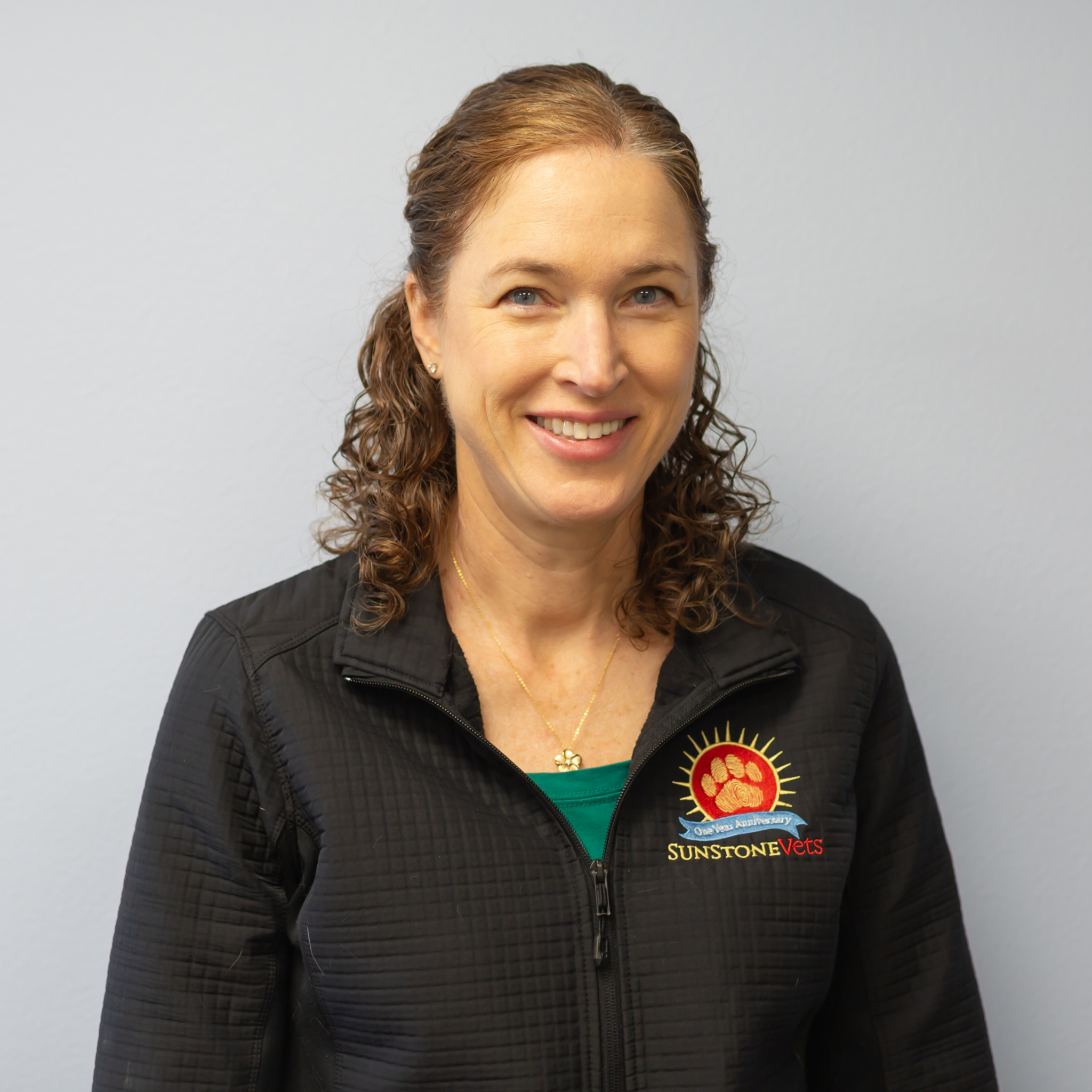
Pet Safety, Tests and Procedures
If your dog has been drinking more water, urinating more frequently, losing fur, or gaining weight despite no change in diet, they could be showing signs of Cushing’s...

Pet Safety, Tests and Procedures
Chronic diarrhea in dogs can be concerning pet owners. While it might seem like a minor inconvenience at first, ongoing diarrhea often signals underlying health problems. If your...
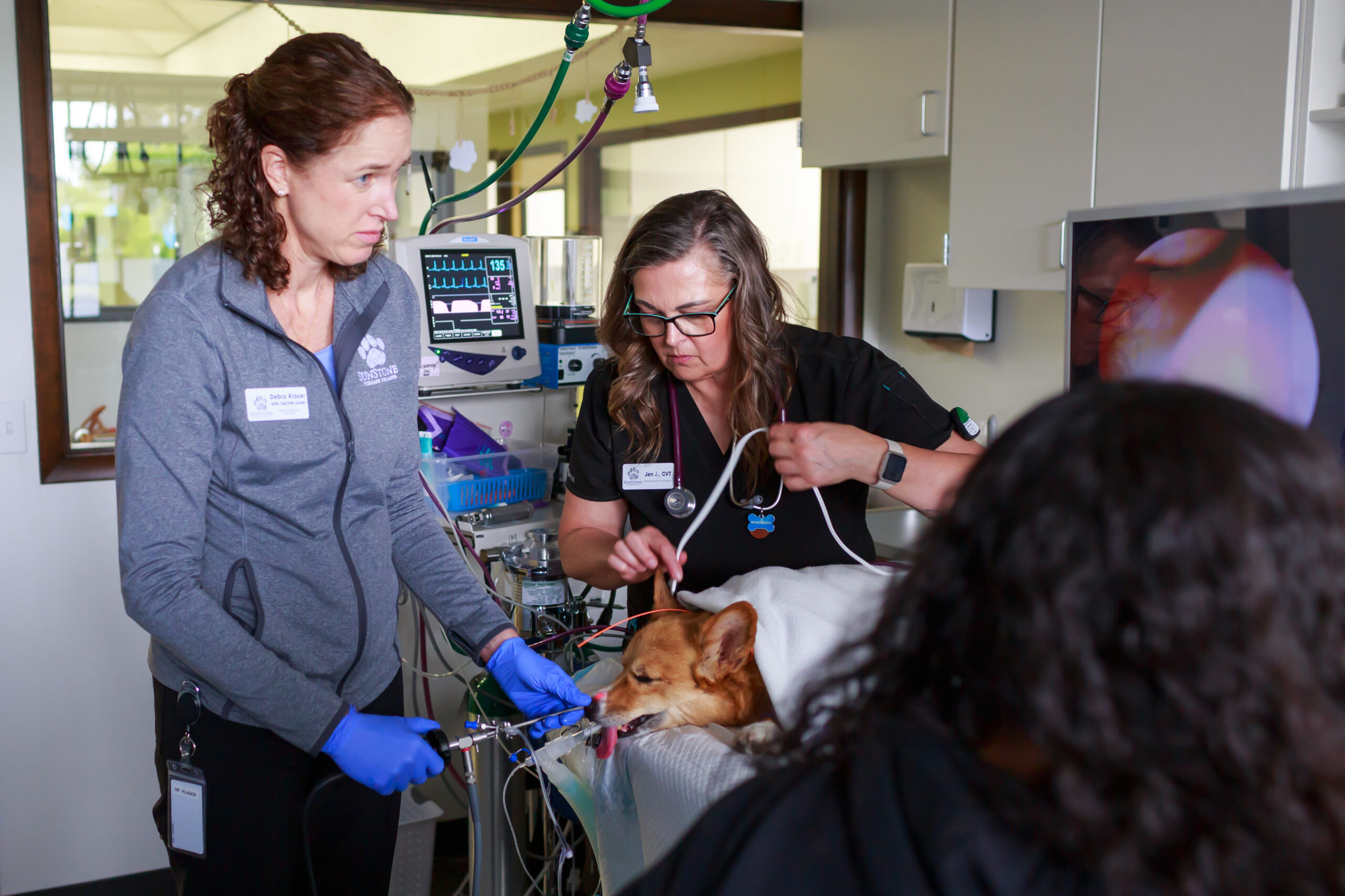
Pet Safety, Tests and Procedures
Coughing in dogs isn’t just a funny noise; it can signal underlying health issues. Coughing is a common issue that can happen for various reasons. Understanding why dogs...

Pet Safety, Tests and Procedures
At Sunstone Veterinary Specialists, we know how concerning it can be when your pet experiences health issues like diarrhea. As a veterinary internal medicine specialist, I frequently see cases...
Pet Safety
Introduction Let’s talk about your pet’s poop! While it might seem awkward, your pet’s stool can be one of the best indicators of their overall health. That’s where...

Pet Safety, Tests and Procedures
How Do We Measure a Pet’s Quality of Life? Hello there, When it comes to end-of-life decisions for pets, one of the most important things we must consider...
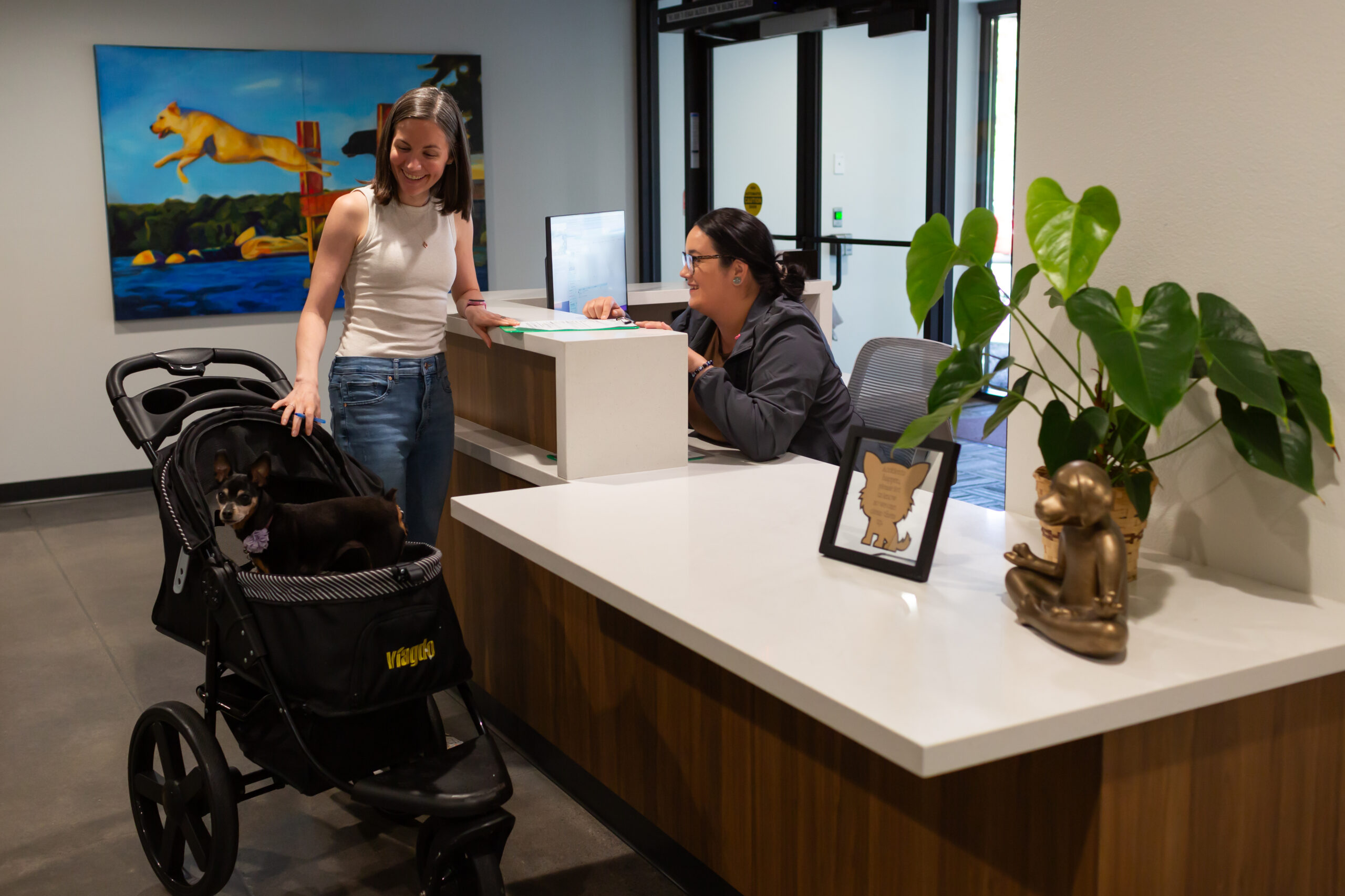
Emerging News, Pet Safety, Sunstone Updates, Tests and Procedures
Scheduling your pet’s Internal Medicine Consultation at Sunstone Veterinary Specialists is an important step in ensuring they receive expert care for complex medical issues. Our goal is to...
Overnight care available for hospitalized patients every night.
*Please call ahead 503-505-7255